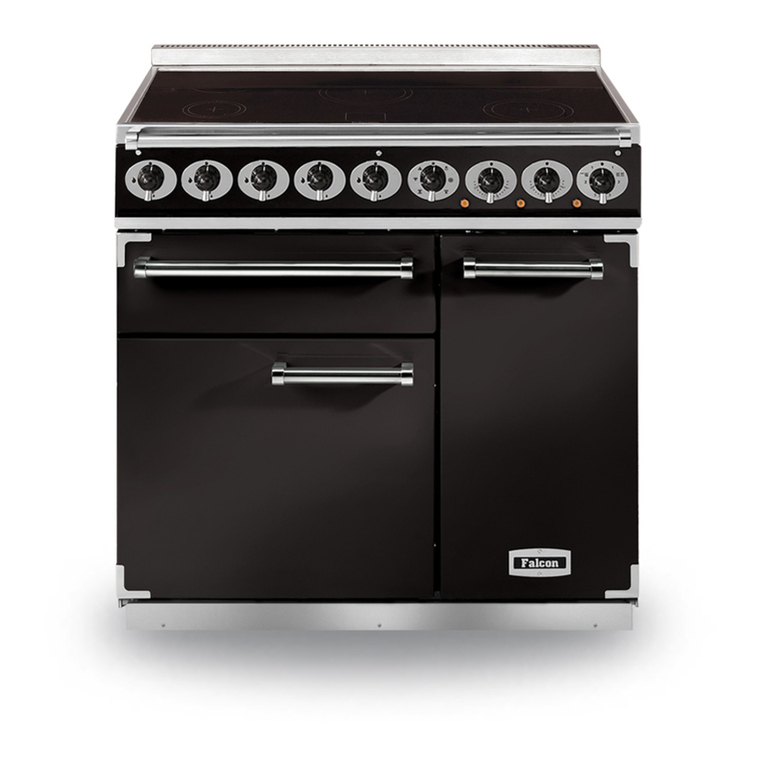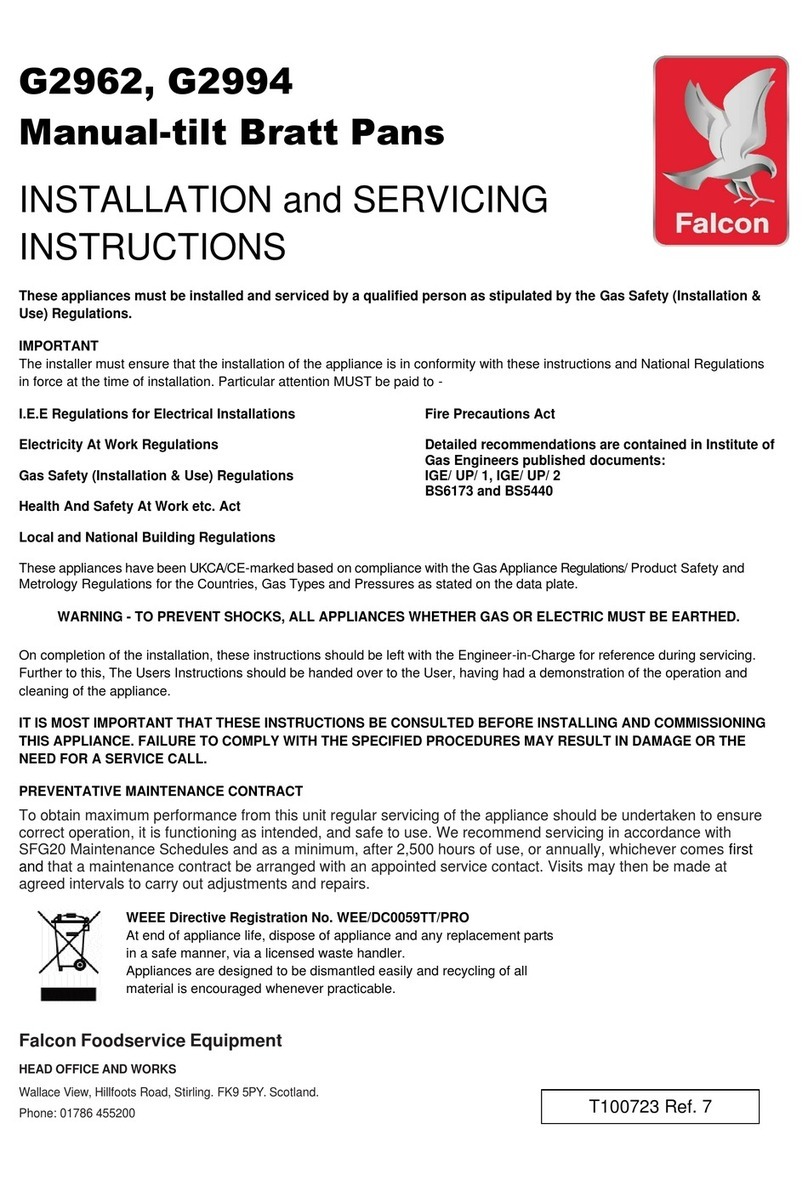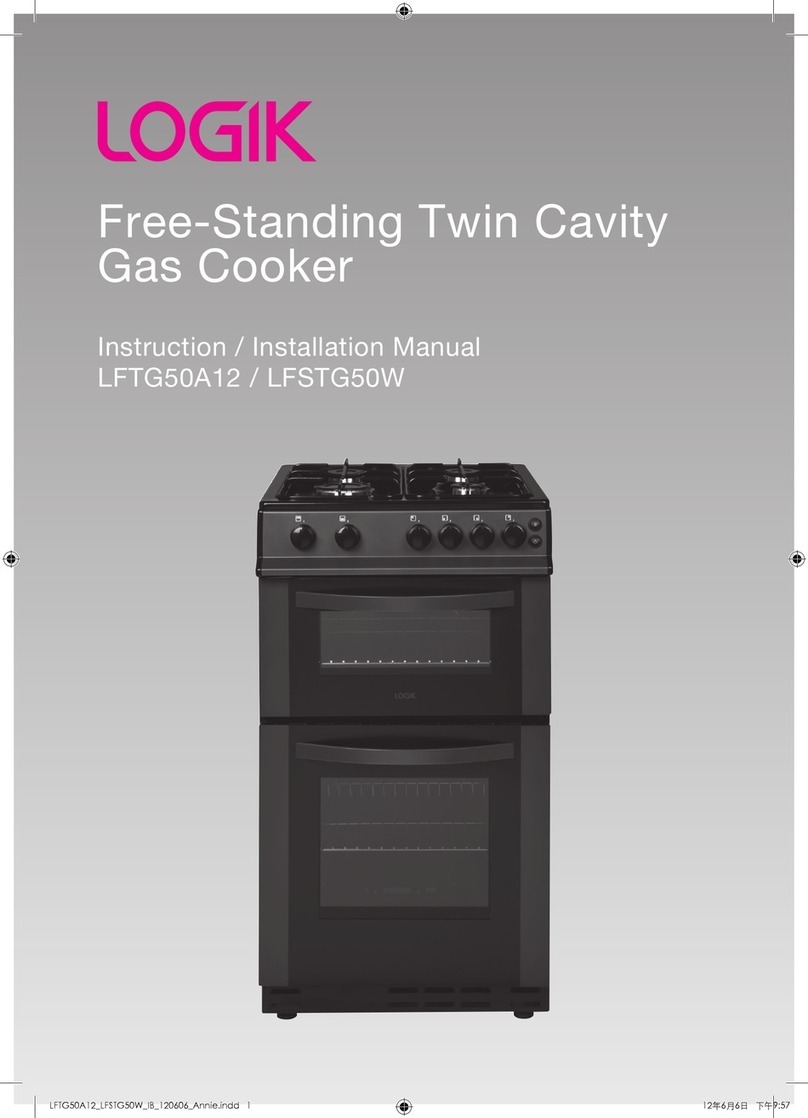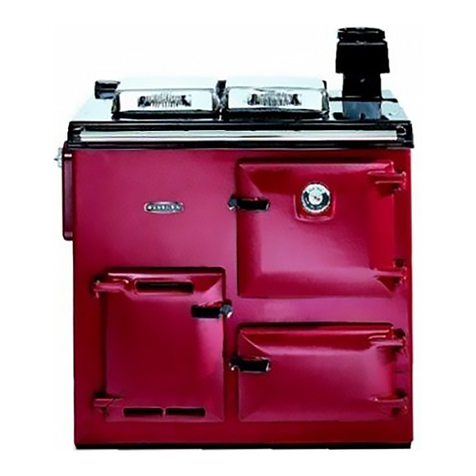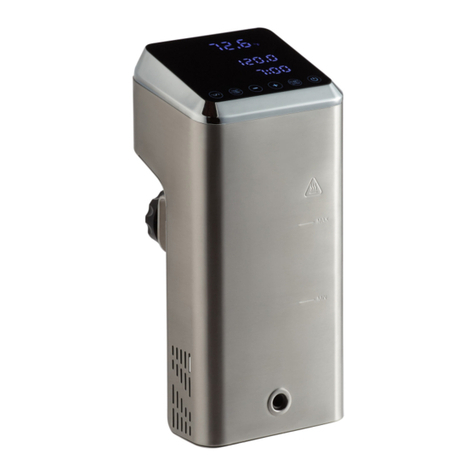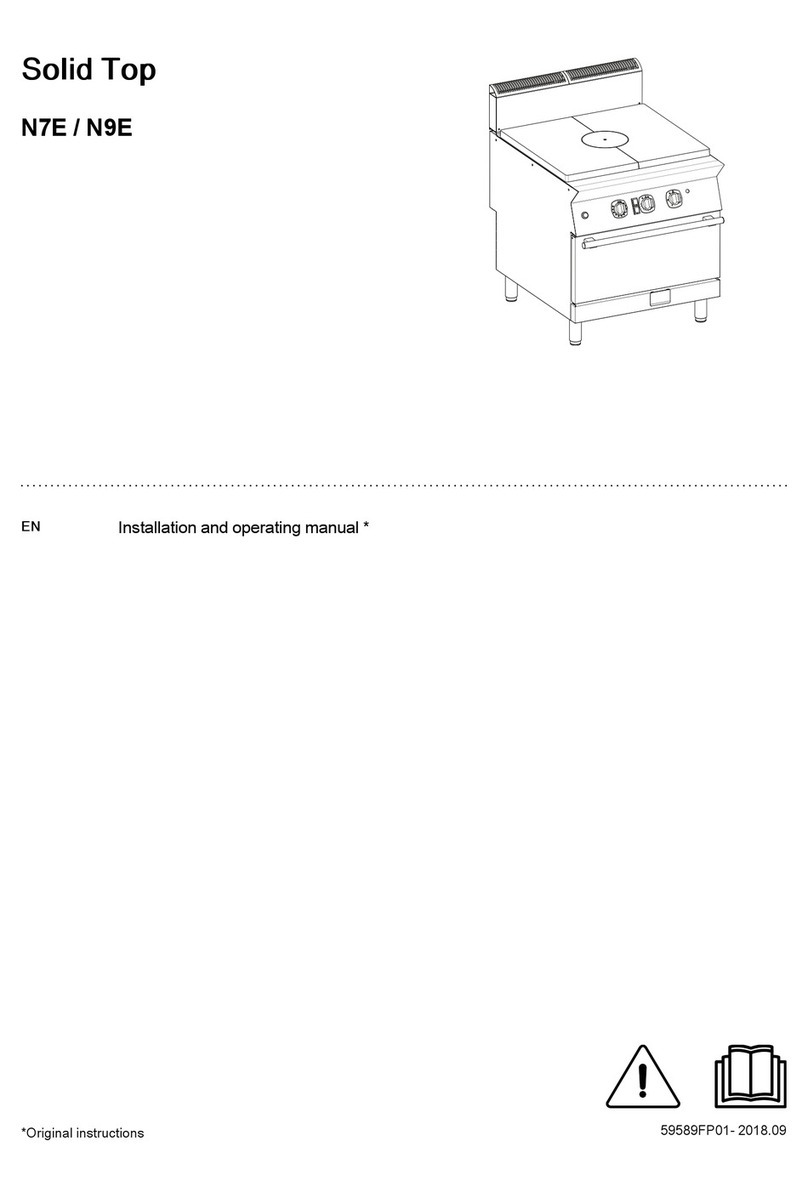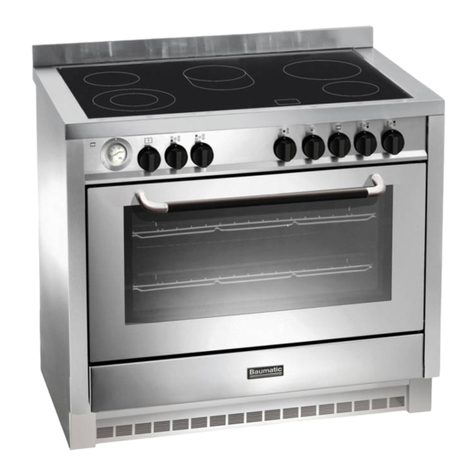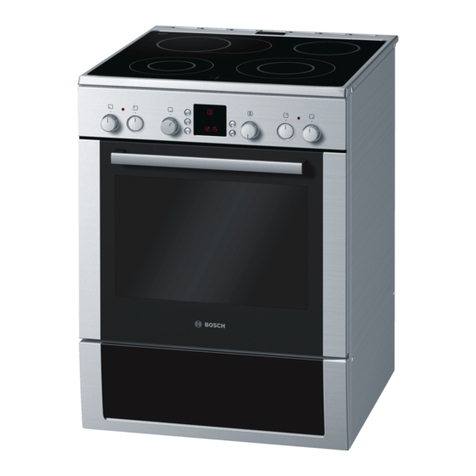Falcon F900 SERIES Manual
Other Falcon Cooker manuals
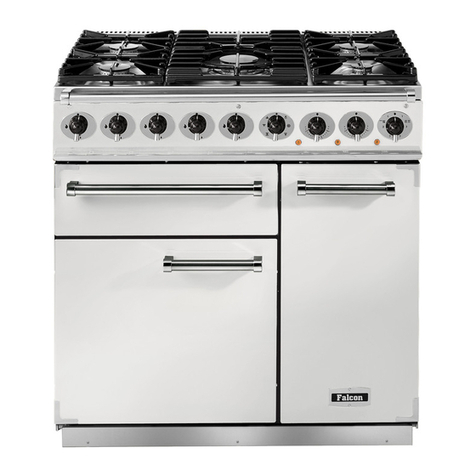
Falcon
Falcon 210 GEO T DL User manual

Falcon
Falcon Toledo 90 Dual Fuel Instruction Manual
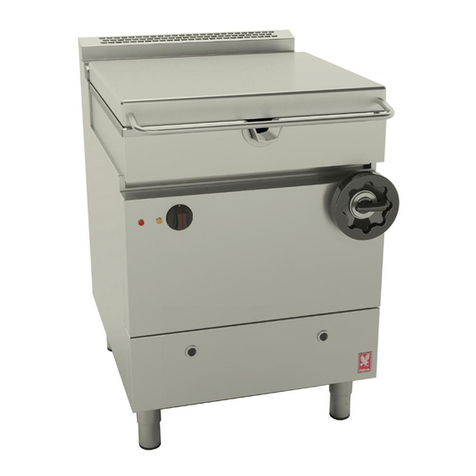
Falcon
Falcon G2962 User manual

Falcon
Falcon 1000 Deluxe Dual Fuel User manual

Falcon
Falcon 900S Induction Instruction Manual

Falcon
Falcon 1092 Deluxe Dual Fuel User guide
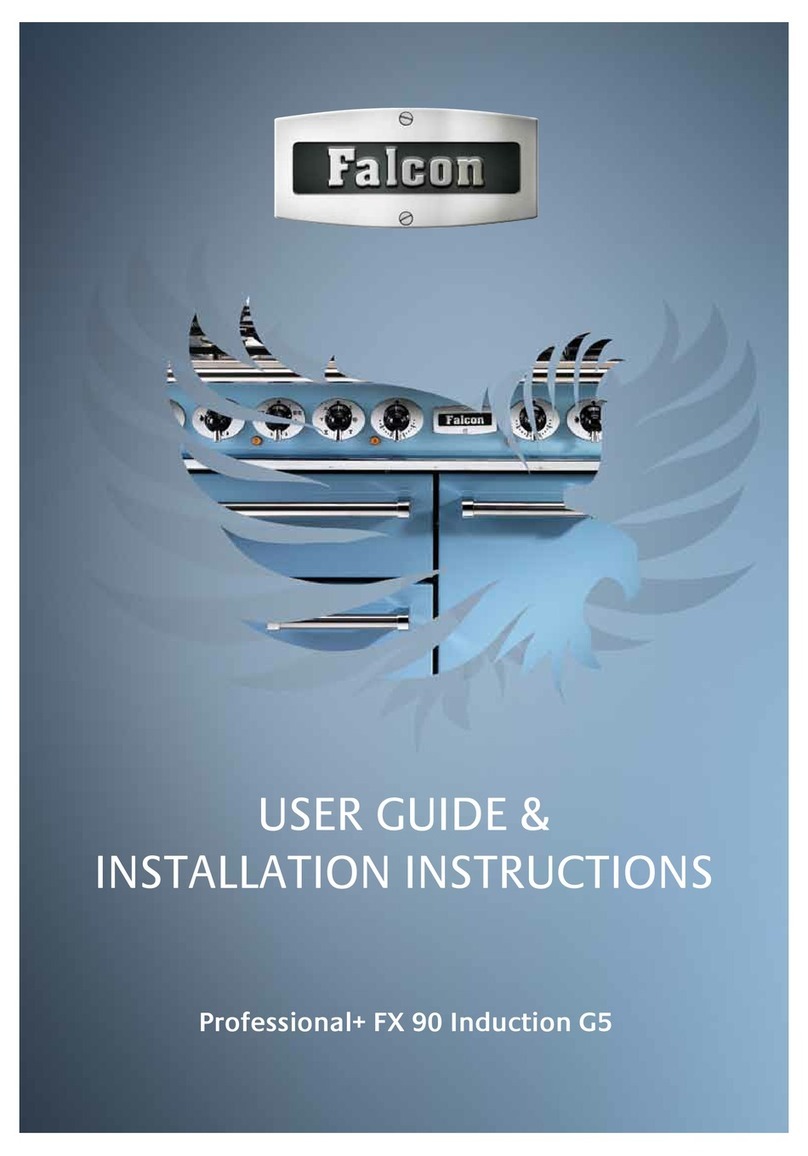
Falcon
Falcon Professional+ FX 90 Induction G5 Instruction Manual

Falcon
Falcon Classic 110 Dual Fuel Manual

Falcon
Falcon 1000 Deluxe Induction G5 Instruction Manual

Falcon
Falcon 1092 Continental Induction G5 Instruction Manual
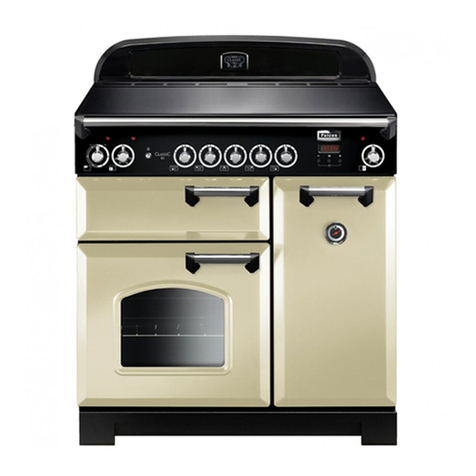
Falcon
Falcon Professional+ FX 90 Induction G5 Instruction Manual

Falcon
Falcon Classic 110 Dual Fuel Operation manual

Falcon
Falcon Professional Deluxe 100 Instruction Manual

Falcon
Falcon Mercury 1000 Induction Instruction Manual
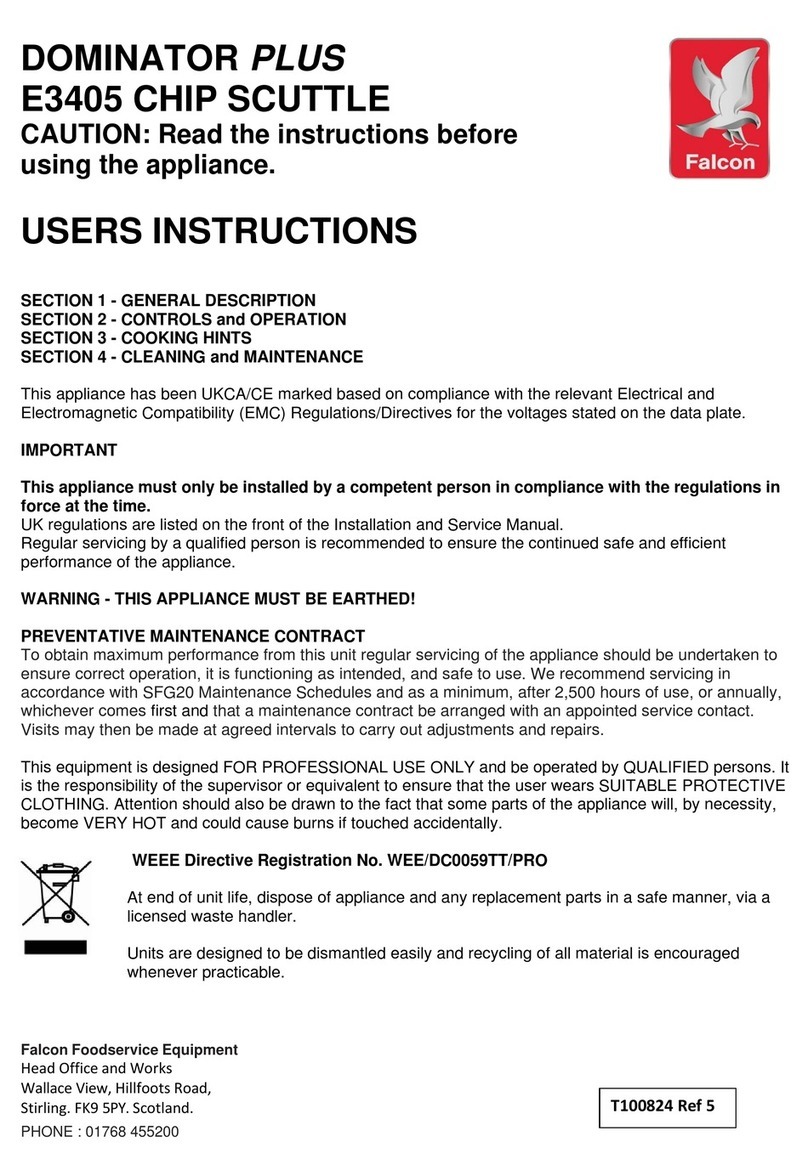
Falcon
Falcon DOMINATOR PLUS E3405 CHIP SCUTTLE User manual

Falcon
Falcon Elan 110 Operation manual

Falcon
Falcon Esprit 110 Induction Instruction Manual

Falcon
Falcon Classic Deluxe 90 FSD User manual

Falcon
Falcon 1092 Continental Induction G5 User manual

Falcon
Falcon Professional + Manual

